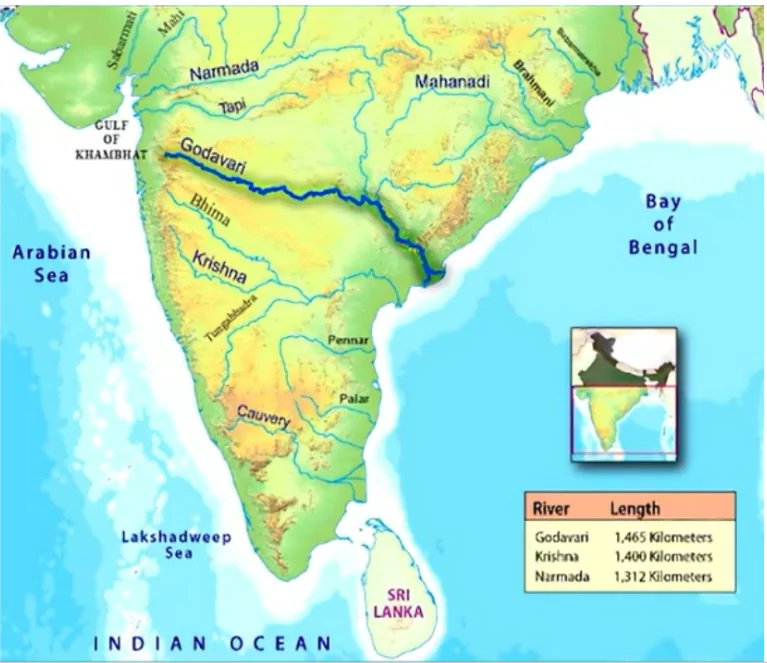![]() May 6, 2024
May 6, 2024
![]() 63
63
![]() 0
0
The Peninsular drainage system, older than the Himalayan one, shapes the landscapes of India with its broad valleys and fixed courses. With the Western Ghats acting as a divide, rivers flow either into the Bay of Bengal or the Arabian Sea, showcasing the region’s geological history.

|
|
| Must Read | |
| Current Affairs | Editorial Analysis |
| Upsc Notes | Upsc Blogs |
| NCERT Notes | Free Main Answer Writing |
The Peninsular drainage system, moulded by geological events, highlights a diverse network of rivers flowing through India’s heartland. From the mighty Godavari to the ephemeral Luni, each river tells a tale of the land’s evolution and sustains life across its path.
| Related Articles | |
| The Ganga River System: Exploring India’s Waterways | Brahmaputra River System, Tributaries, Map |
| River Systems of India | Ecological Threat Report 2023 |
<div class="new-fform">
</div>

Latest Comments